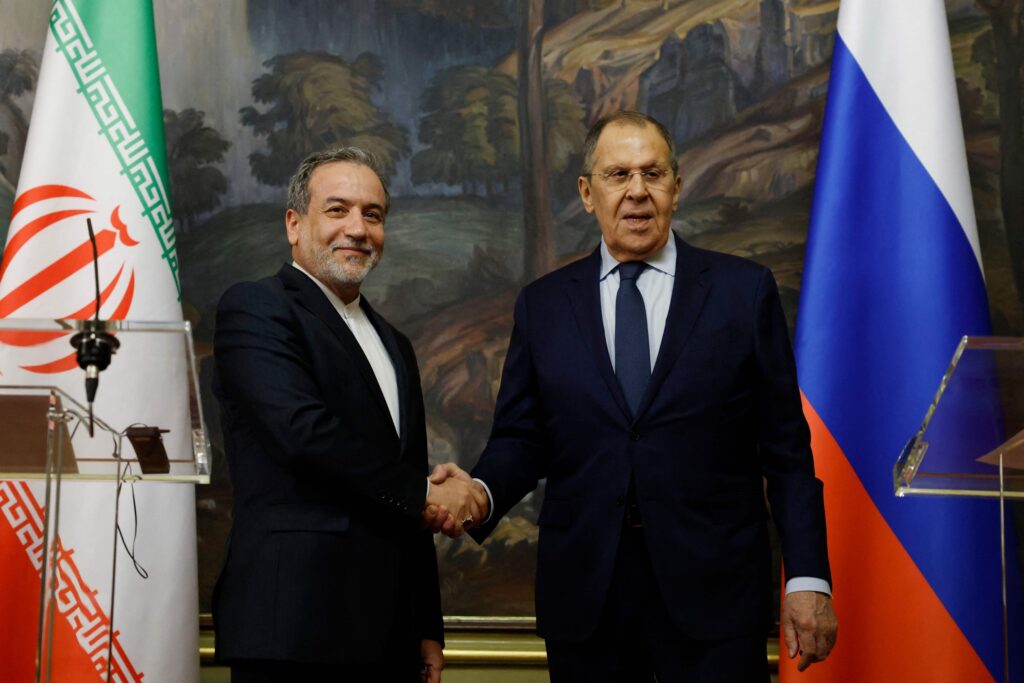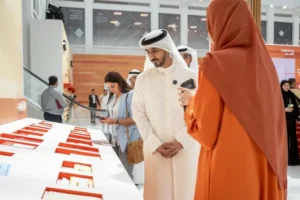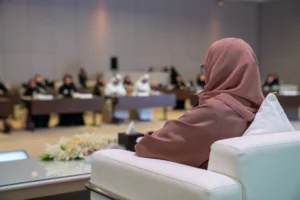
Suppose Donald Trump hadn’t pulled out of the 2015 six-party agreement to restrict Iran’s nuclear program in exchange for removing sanctions during his first term in office. In that case, the situation in this area may have been considerably different. Iran’s nuclear program would have stayed in the past if it had adhered to its obligations, as it did until 2019. Iran’s stockpile would have stayed at 300 kilogrammes, its centrifuges would have been outdated, and it would have been enriching uranium to 3.67 percent for use in power plants. Under the most invasive system ever enforced, the International Atomic Energy Agency (IAEA) would have kept an eye on Iran’s installations and conducted routine inspections.
The nuclear program’s sanctions would have been partially eased, as they were from January 2016 to May 2018, when Trump pulled out of the deal. Iran’s flagging economy expanded by 12.5% during this brief time of relaxation, and the country’s oil exports increased to $47 billion, $5 billion more than the year before the agreement. Iran’s exports to Europe and carpet sales to the US increased. On the political front, Iran strengthened its position in the area where confidence in Tehran had declined and established ties with the US and Europe.
Thanks to Trump, Iran installed cutting-edge enrichment centrifuges, reduced IAEA monitoring and inspections. It raised enrichment to 20 and 60 percent, the latter of which was close to the 90 percent threshold required for weapons. It also increased its total stockpile to 8,294 kilogrammes. Although sanctions have been increased, they have also been lessened, and Iran has developed closer diplomatic connections with China, Russia, India, and other nations while fortifying its ties with regional powers.
Also Read:
Abraam Samy’s Journey From A Seasoned Marketing Expert To Entrepreneur
Offering Excellence In Facilities Management Across The UAE With UCWF: Mani Moorthy






